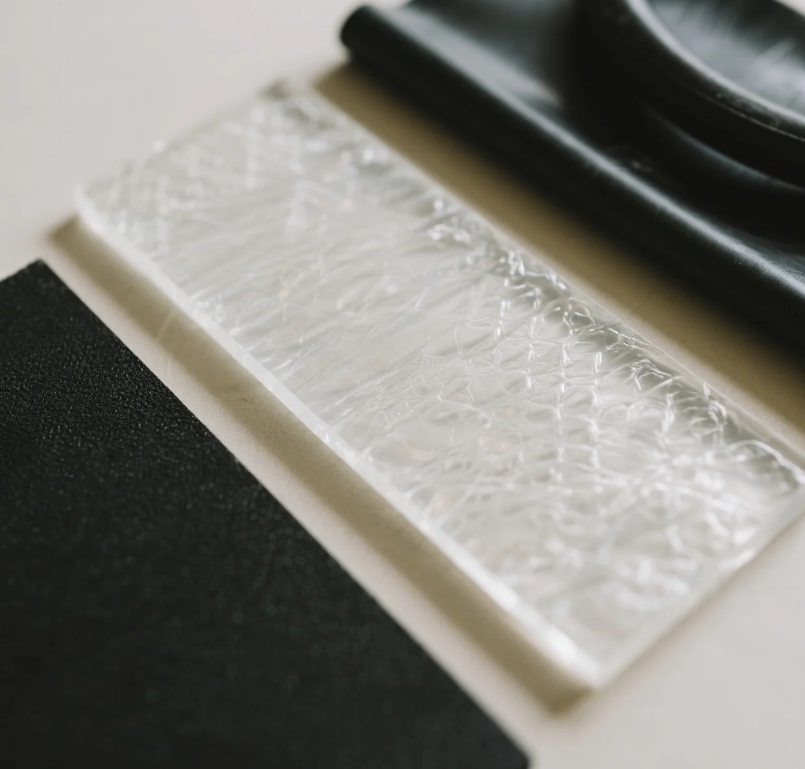May 27, 2025 – In the realm of chemical materials, plastics, resins, and rubbers stand as the three core polymer materials, each exhibiting unique properties and application values.
Plastics, as polymer composites, are formed through the polymerization of plastic monomers. They are renowned for their high plasticity and ease of processing. Resins, on the other hand, are divided into two major categories: natural and synthetic. Natural resins, such as rosin, are derived from nature, while synthetic resins like acrylic resins are obtained through chemical synthesis. Often combined with additives, resins are used in the production of coatings, adhesives, and resin glass. Rubber, characterized as an elastic polymer material, whether made from natural latex or synthetic polymers, endows rubber products with excellent flexibility and resilience.

According to the Color Masterbatch Industry Network, although all three materials are composed of polymer compounds, their significant differences in composition and structure lead to variations in physical and chemical properties, as well as application areas. Thanks to their diverse properties, plastics have found extensive use in numerous fields, including construction, machinery, electronics, and automotive manufacturing. Resins, with their outstanding adhesion and durability, hold a crucial position in sectors like coatings, adhesives, and resin glass. Meanwhile, rubber, due to its remarkable elasticity and sealing properties, plays an irreplaceable role in rubber products, tires, seals, and shock – absorbing products.














